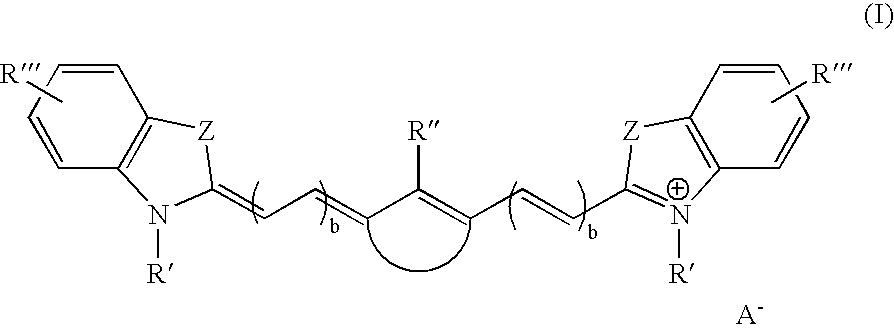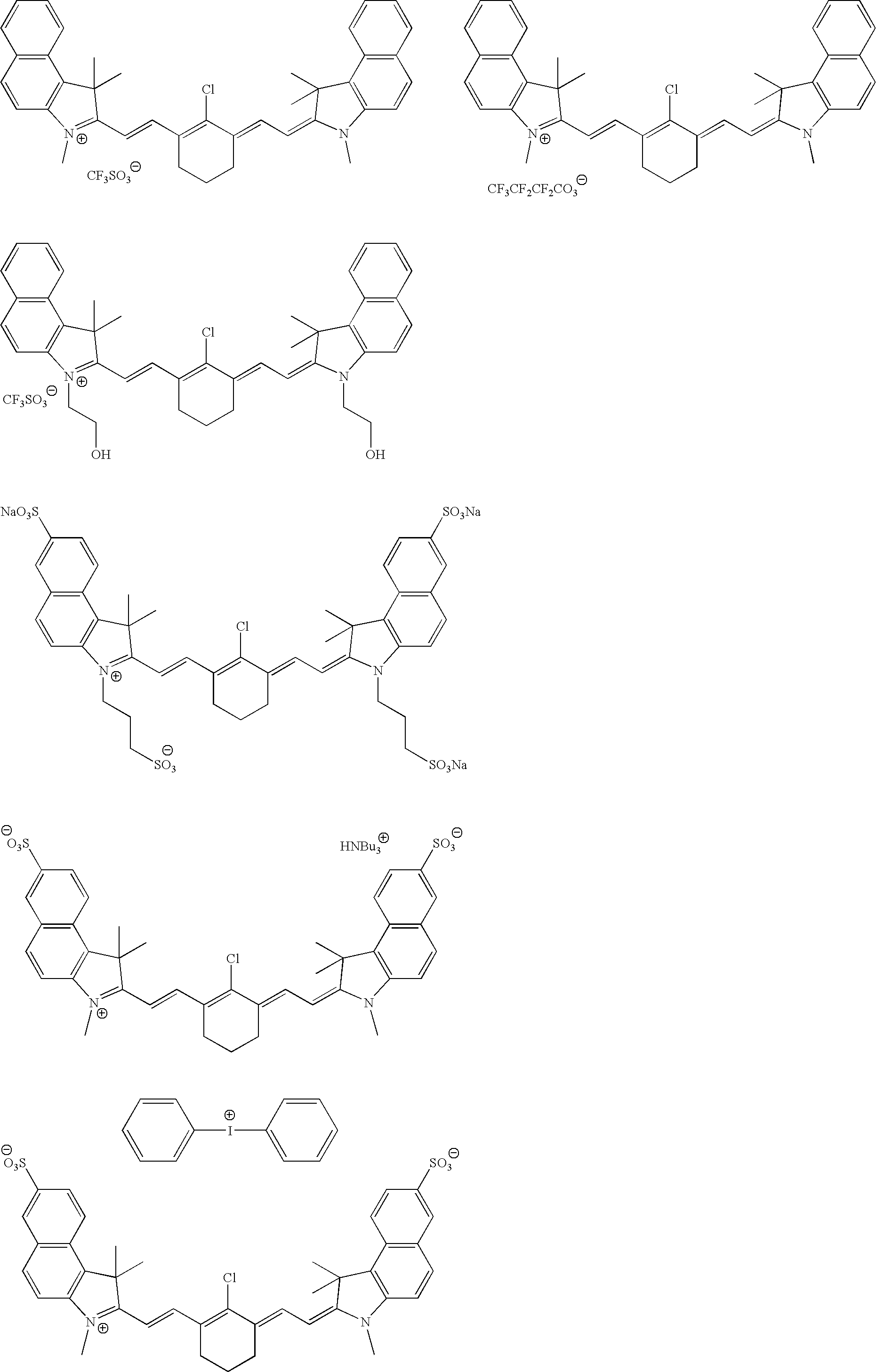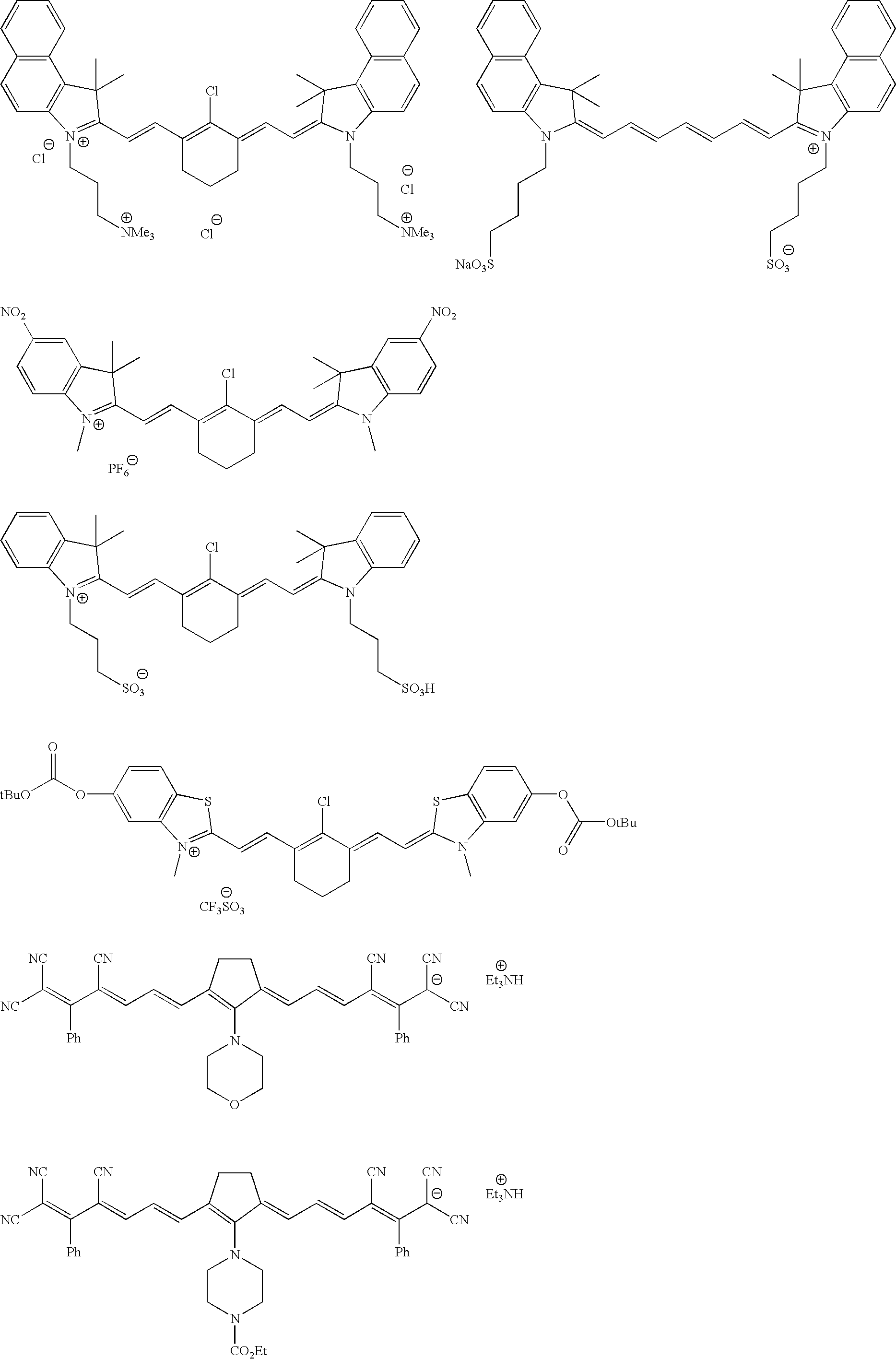Process for the prevention of coating defects
- Summary
- Abstract
- Description
- Claims
- Application Information
AI Technical Summary
Benefits of technology
Problems solved by technology
Method used
Image
Examples
examples include 1 , 2
Examples include 1,2-quinone diazides and 1,2-naphthoquinone diazides, whereby 1,2-naphthoquinone diazides are especially preferred. Of the 1,2-naphthoquinone diazides, 1,2-naphthoquinone-2-diazide-4—and particularly—5-sulfonic acid esters or amides are preferred. Of those, the esters of 1,2-naphthoquinone-2-diazide-4—or—5-sulfonic acid and 2,5-dihydroxy-benzophenone, 2,3,4-trihydroxybenzophenone, 2,3,4-trihydroxy-4′-methyl-benzophenone, 2,3,4-trihydroxy-4′methoxy-benzophenone, 2,3,4,4′-tetrahydroxy-benzophenone, 2,3,4,2′,4′-pentahydroxy-benzophenone, 5,5′-dialkanoyl-2,3,4,2′,3′,4′-hexahydroxy-diphenylmethane (especially 5,5′-diacetyl-2,3,4,2′,3′,4′-hexahydroxy-diphenylmethane) or 5,5′-dibenzoyl-2,3,4,2′,3′,4′-hexahydroxy-diphenylmethane are preferred.
In addition to the low-molecular diazide compounds mentioned above, (naphtho)quinone diazides bonded to polymers such as novolaks, which are known to the person skilled in the art, can be used in the coating composition as well.
Exam...
examples 2a and 2b
1 g MP-22XF (synthetic wax: particles of straight-chain hydrocarbon with an average particle size of 5.5 μm; available from Micro Powders, Inc.) was added per liter to a coating solution prepared according to Comparative Example 1b and the mixture was stirred for 10 minutes.
A part of this solution was applied to an aluminum substrate as described in Comparative Example 1 (Example 2a).
Another part of the solution was filtered and the filtered solution was applied to an aluminum substrate as described in Comparative Example 1 (Example 2b).
Neither the plate prepared in Example 2a nor the plate prepared in Example 2b showed “voids”; no defects were found when the plates were examined under a microscope.
examples 5a and 5b
Comparative Example 4 was repeated, but 1 g MP-22XF particles per liter were added to the coating solution.
As described in Example 2, one part of the solution was applied to a pretreated aluminum substrate unfiltered (Example 5a) and one part was applied after having been filtered (Example 5b).
Neither the plate of Example 5a nor the plate of Example 5b showed voids.
PUM
| Property | Measurement | Unit |
|---|---|---|
| Length | aaaaa | aaaaa |
| Length | aaaaa | aaaaa |
| Particle size | aaaaa | aaaaa |
Abstract
Description
Claims
Application Information
 Login to View More
Login to View More - R&D
- Intellectual Property
- Life Sciences
- Materials
- Tech Scout
- Unparalleled Data Quality
- Higher Quality Content
- 60% Fewer Hallucinations
Browse by: Latest US Patents, China's latest patents, Technical Efficacy Thesaurus, Application Domain, Technology Topic, Popular Technical Reports.
© 2025 PatSnap. All rights reserved.Legal|Privacy policy|Modern Slavery Act Transparency Statement|Sitemap|About US| Contact US: help@patsnap.com



